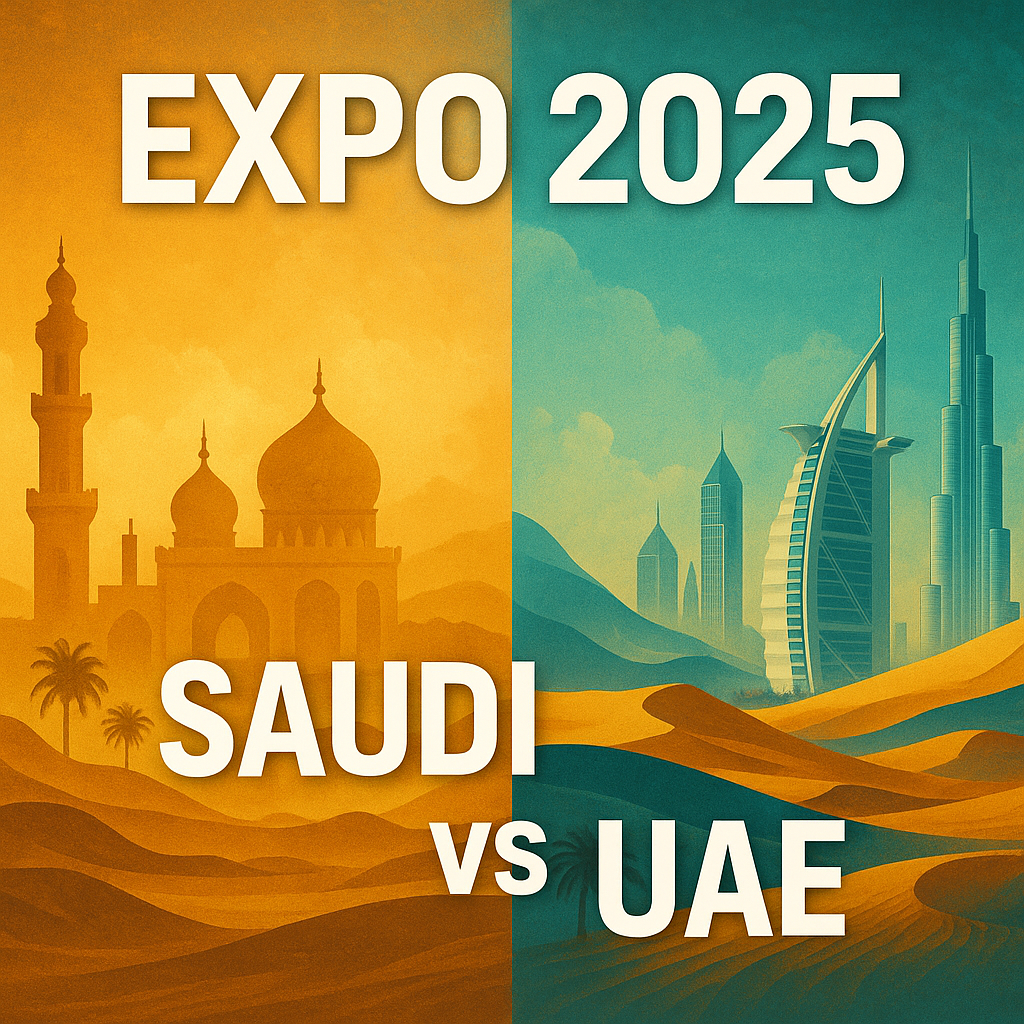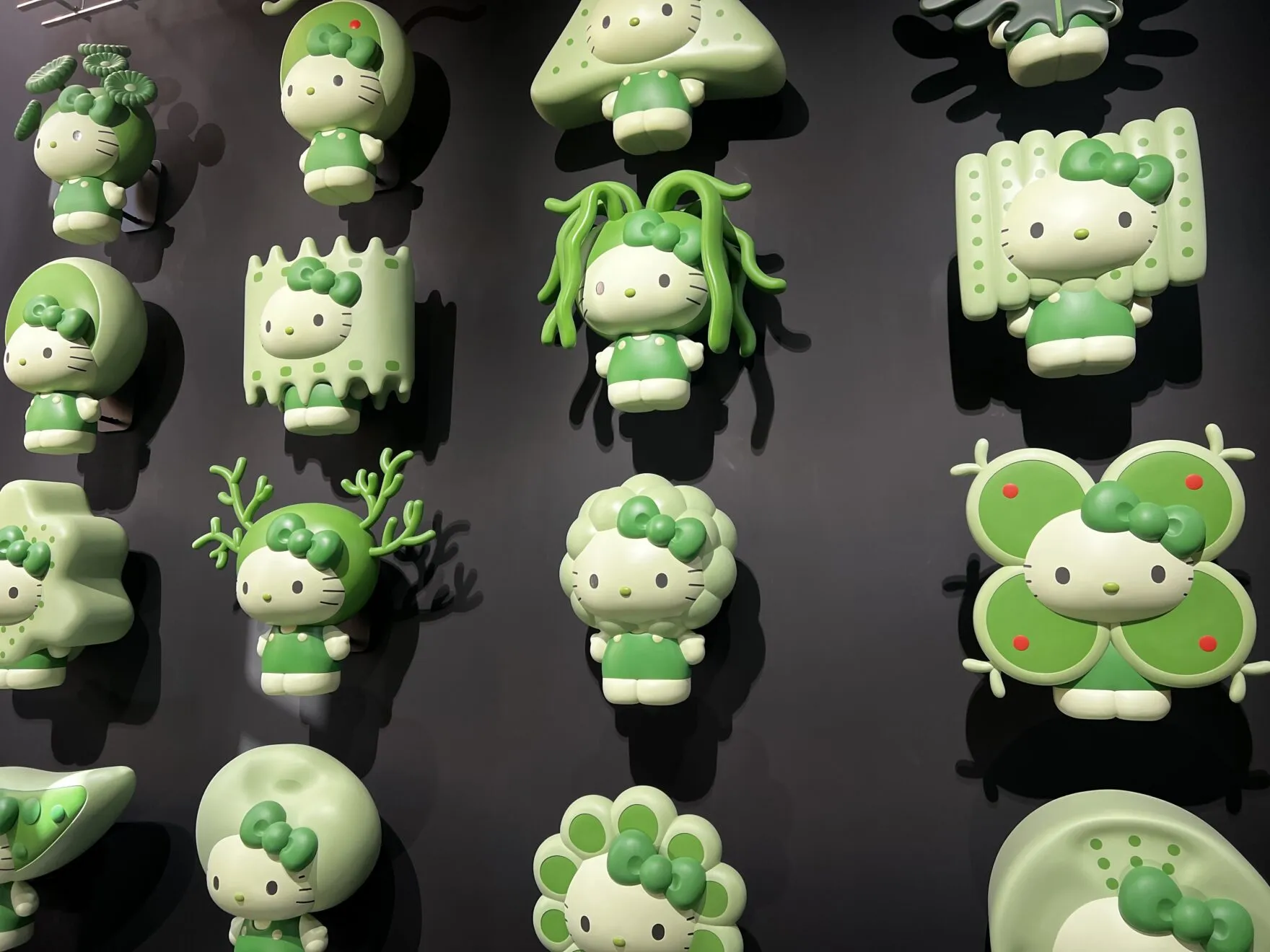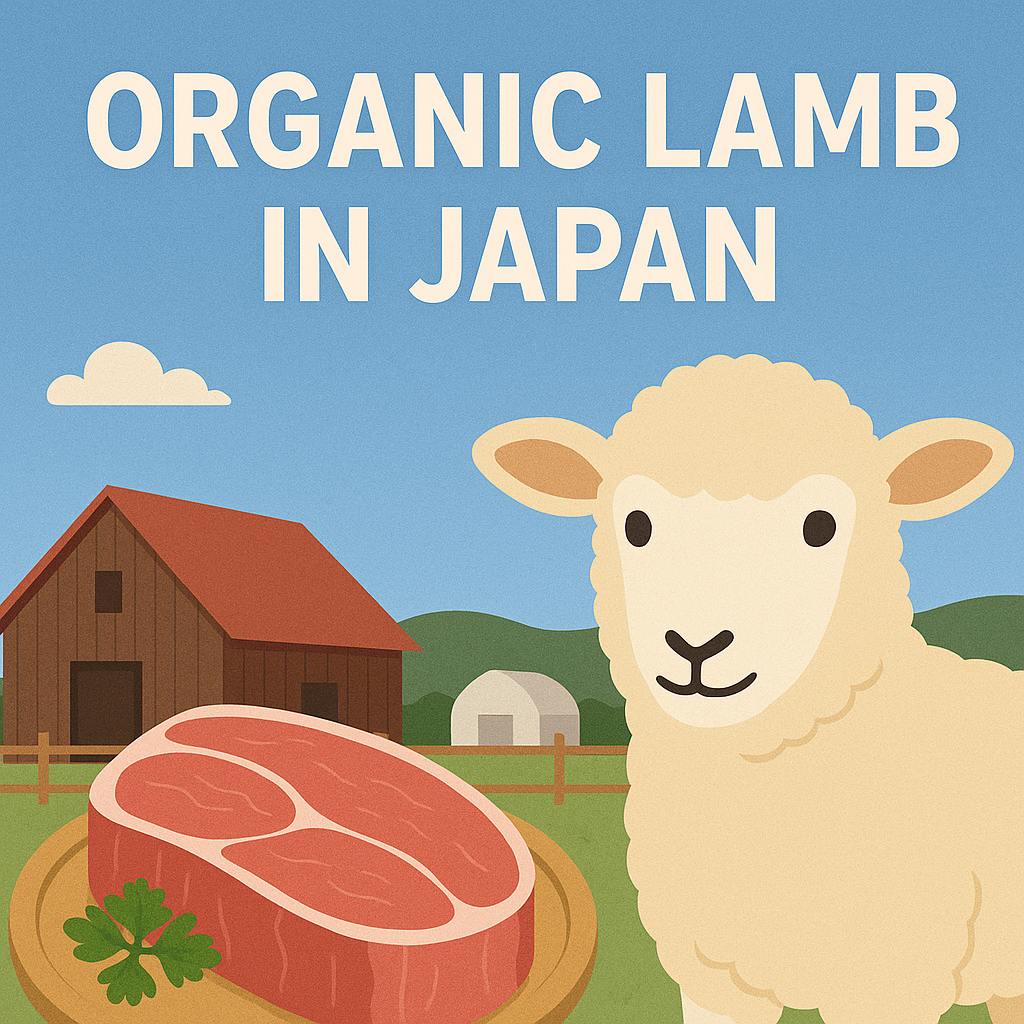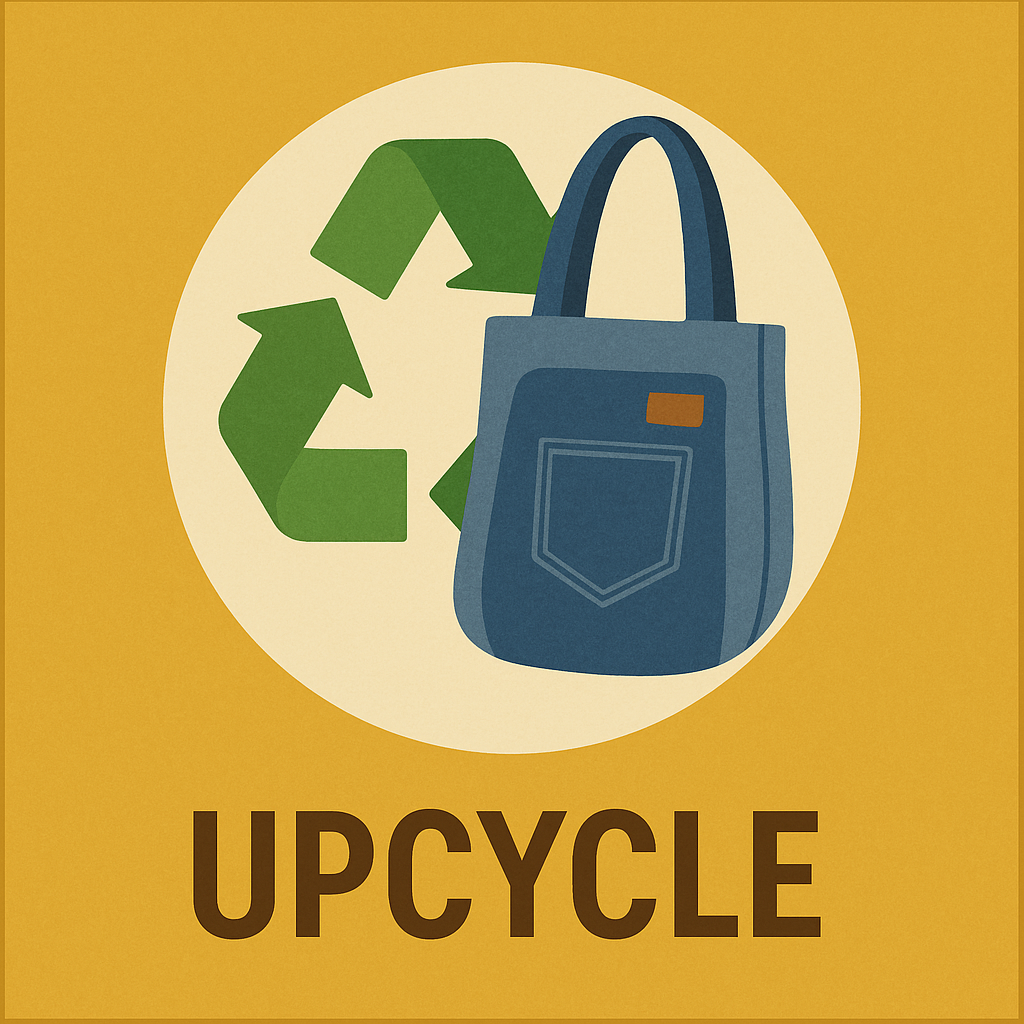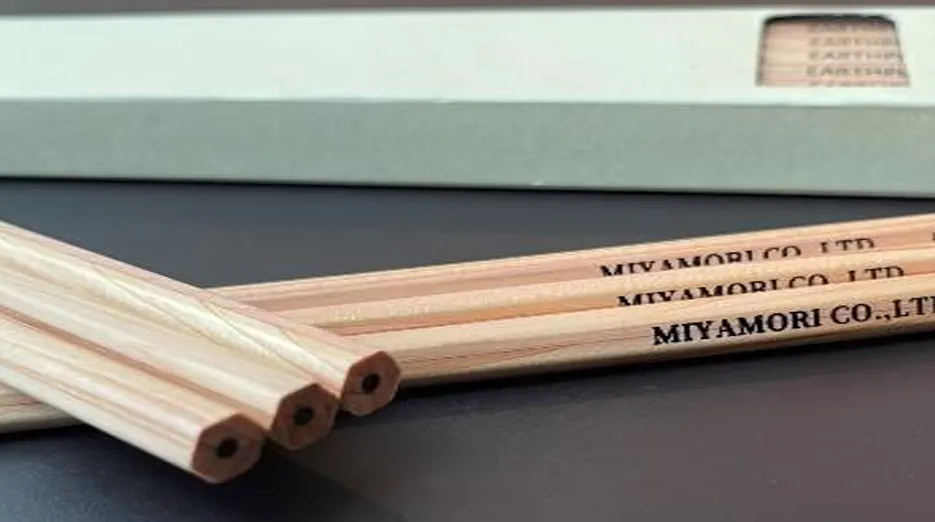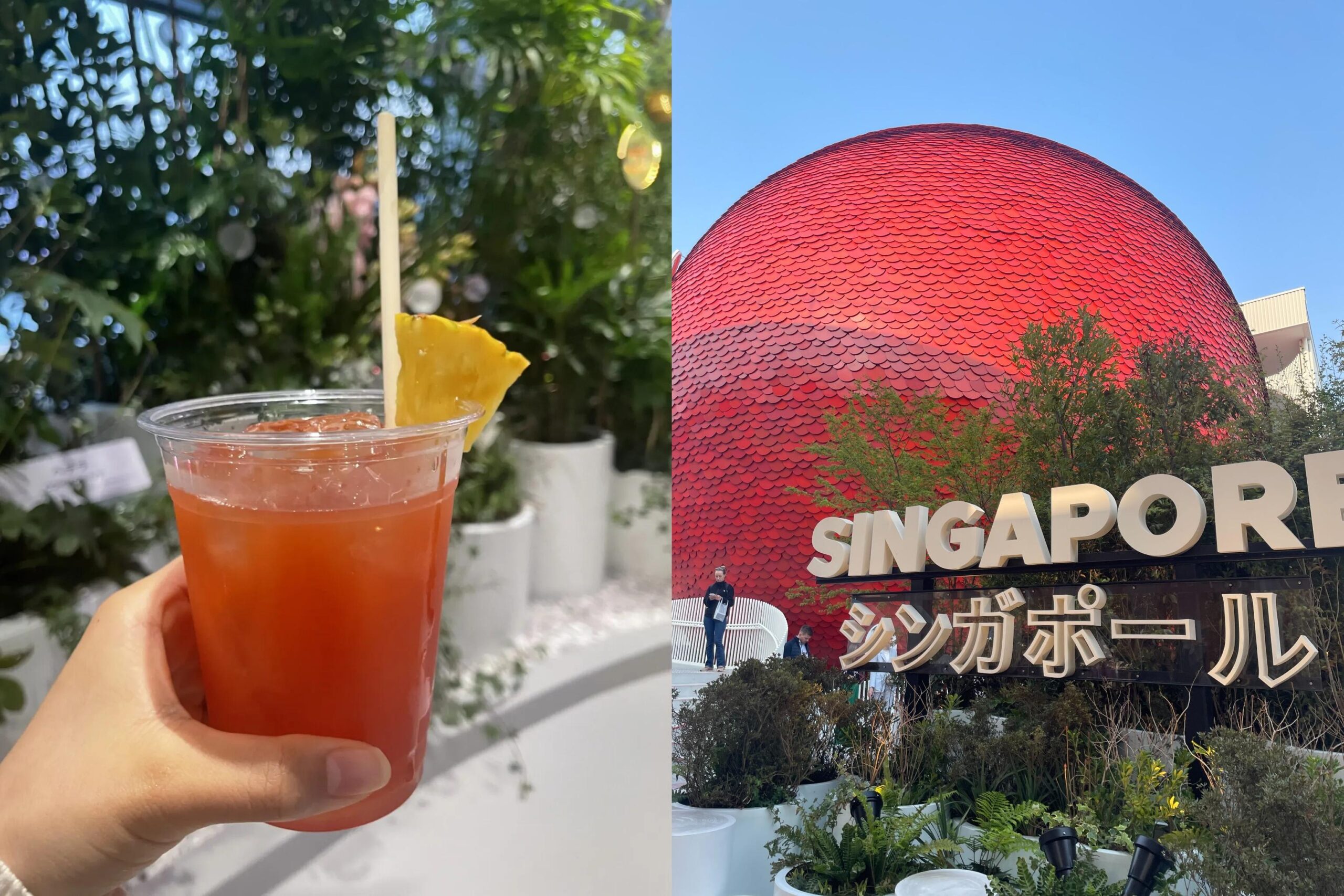At Expo 2025 Osaka, visitors can explore pavilions from around the world—each telling a story about a nation’s culture, future vision, and global role. Among them, two standout pavilions from the Middle East—Saudi Arabia and the United Arab Emirates (UAE)—offer not only cultural immersion but also a fascinating contrast. One represents the next host of the World Expo (Riyadh 2030), the other—Dubai—hosted the previous Expo in 2021. From architecture to souvenirs, their differences tell us much more than you might expect.
A Tale of Two Nations: Culture, Politics, and Vision
Saudi Arabia, the largest country on the Arabian Peninsula, is rich in oil reserves and deeply rooted in Islamic tradition. In contrast, the UAE, located to its east, is home to the global city of Dubai—a cosmopolitan hub known for luxury tourism, finance, and innovation.
| UAE | Saudi Arabia | |
|---|---|---|
| Government | Federation with flexibility | Absolute monarchy |
| Economy | Diversified: tourism, finance | Oil-based, pursuing reform |
| Culture | Multicultural, open to foreigners | Conservative, Islamic-centric |
| Religion | Tolerant (non-Islamic worship allowed) | Less tolerant (Islam-focused) |
| Global Strategy | Practical, multi-aligned diplomacy | Aspires for regional leadership |
Architecture: Traditional vs. Transparent
Saudi Arabia:
The exterior resembles a Middle Eastern souq (marketplace) made of traditional mudbrick-style structures, each forming a cluster visitors walk through. Staff in thobes (long white garments worn by Saudi men) welcome guests, creating a genuine regional feel. The buildings are eco-conscious, using solar panels and rainwater harvesting.
Pro tip: Want a perfect photo? Head up to the roof-ring area at sunset—the view is magical!
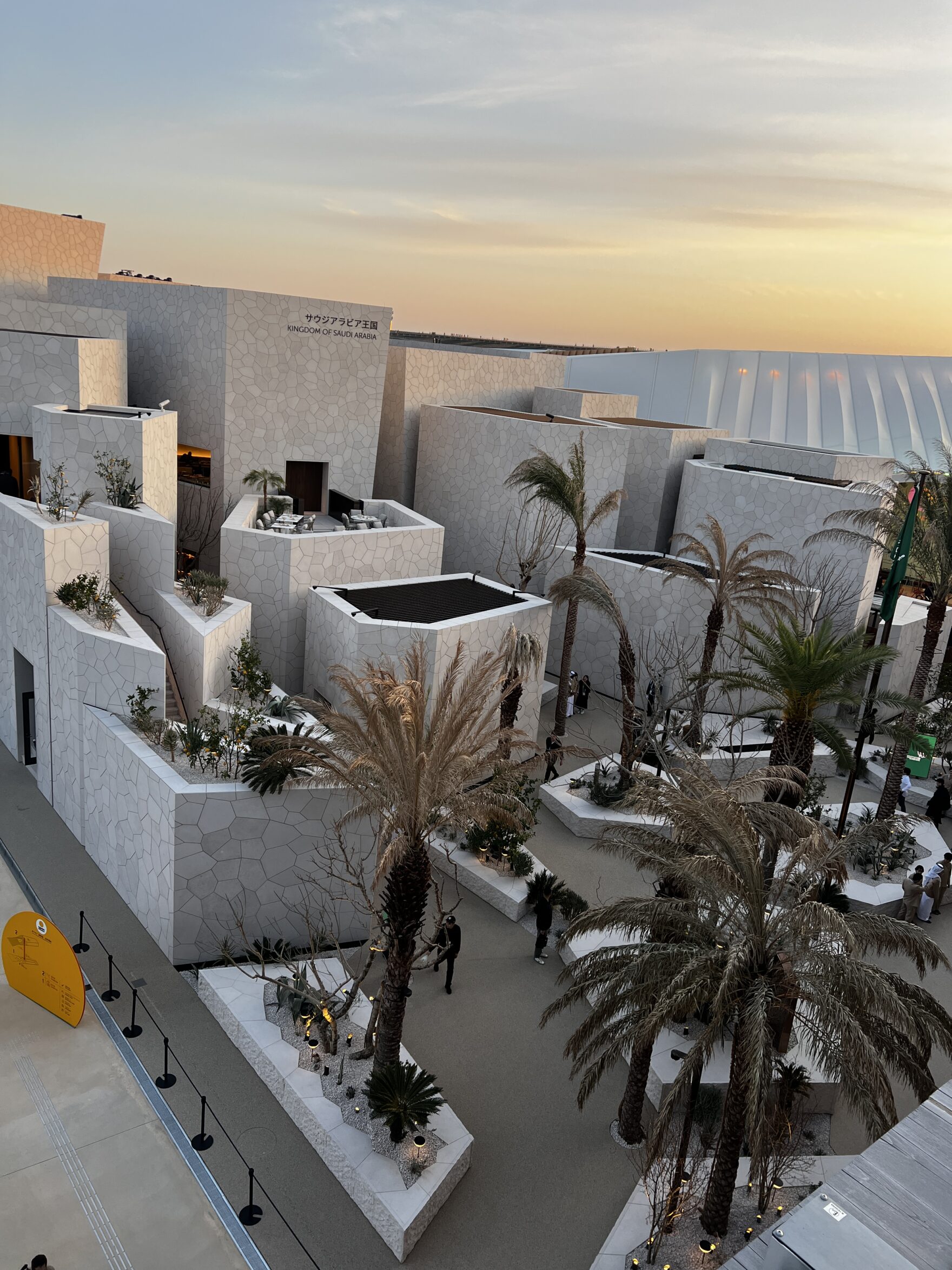
UAE:
At first glance, the UAE building looks minimalist: a sleek glass structure. But inside is a stunning surprise—90 massive date palm columns, each up to 16 meters tall, reinterpret the "Arish" (a traditional palm frond structure). The pavilion blends Emirati agricultural waste materials with Japanese woodworking craftsmanship, reflecting a deep collaboration called "Earth to Ether", the UAE-Japan design collective behind the project.
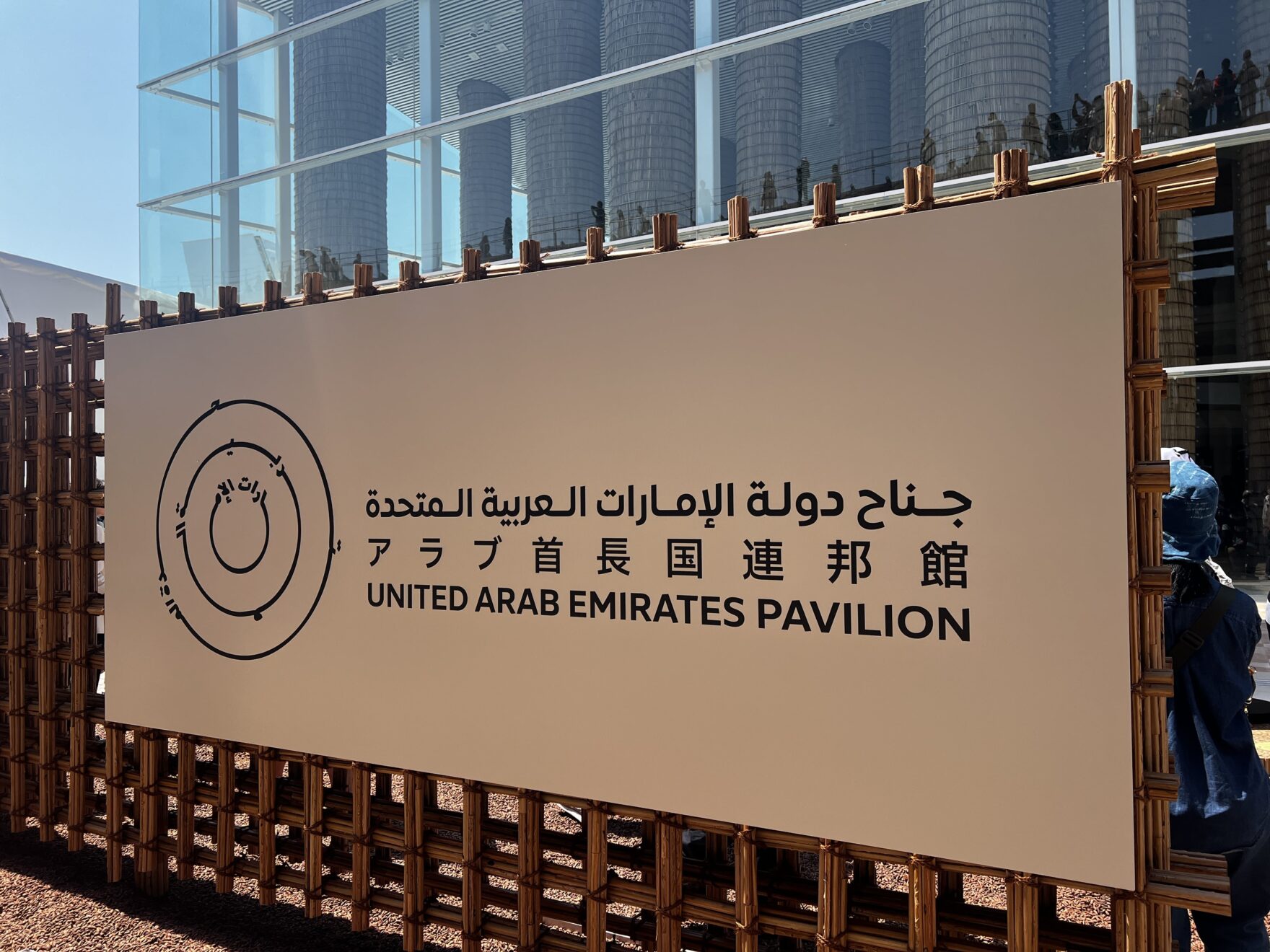
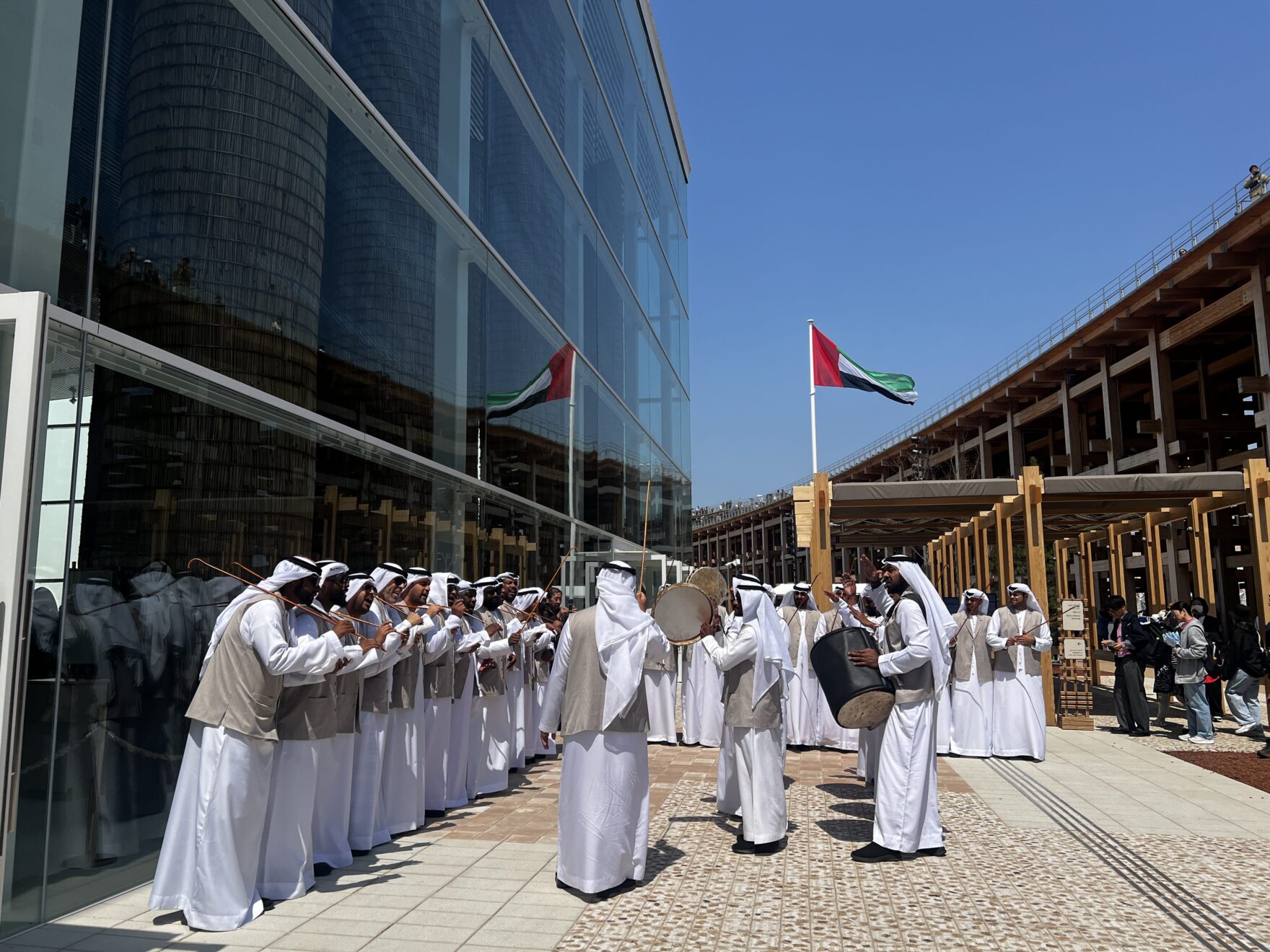
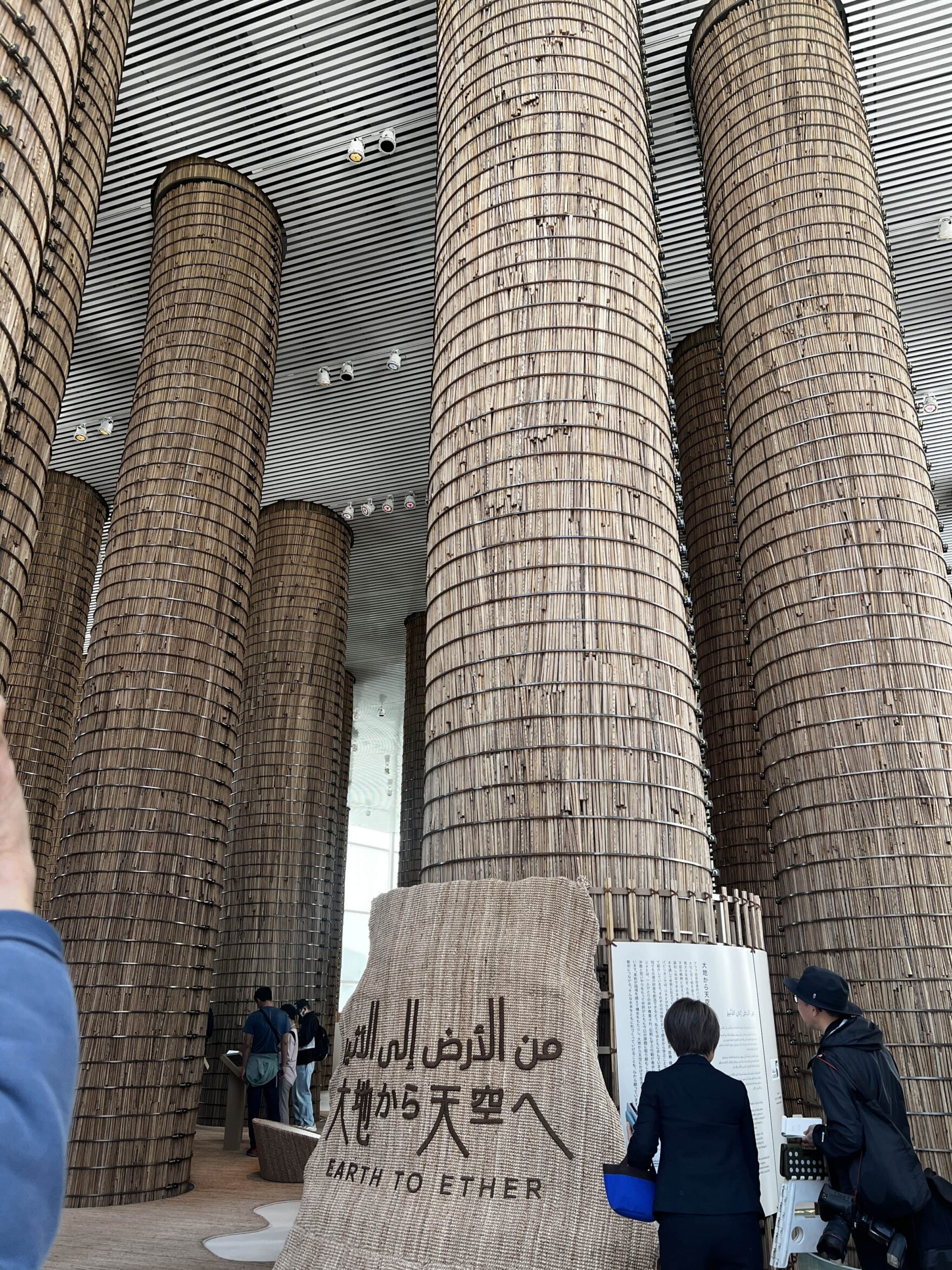
Exhibits: Multi-Room Experience vs. Grand Hall Exploration
Saudi Arabia:
Visitors journey through themed spaces, including one on marine sustainability, where researchers in lab coats demonstrate real coral reef conservation. The finale introduces NEOM, Saudi’s $500 billion “city of the future” powered entirely by renewables like green hydrogen. Don’t miss the cinematic showcase—it's a glimpse into Riyadh’s Expo 2030 vision.
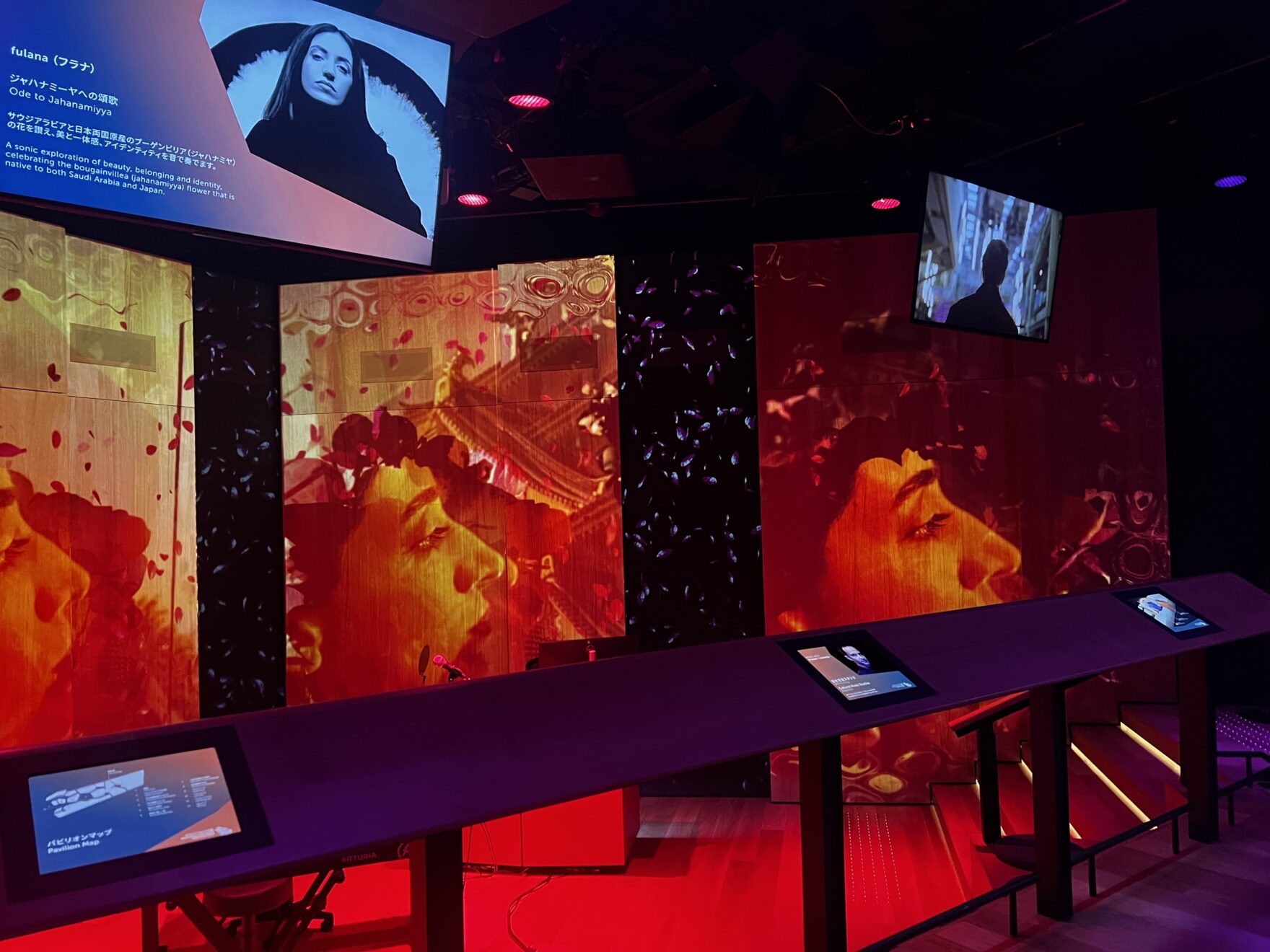
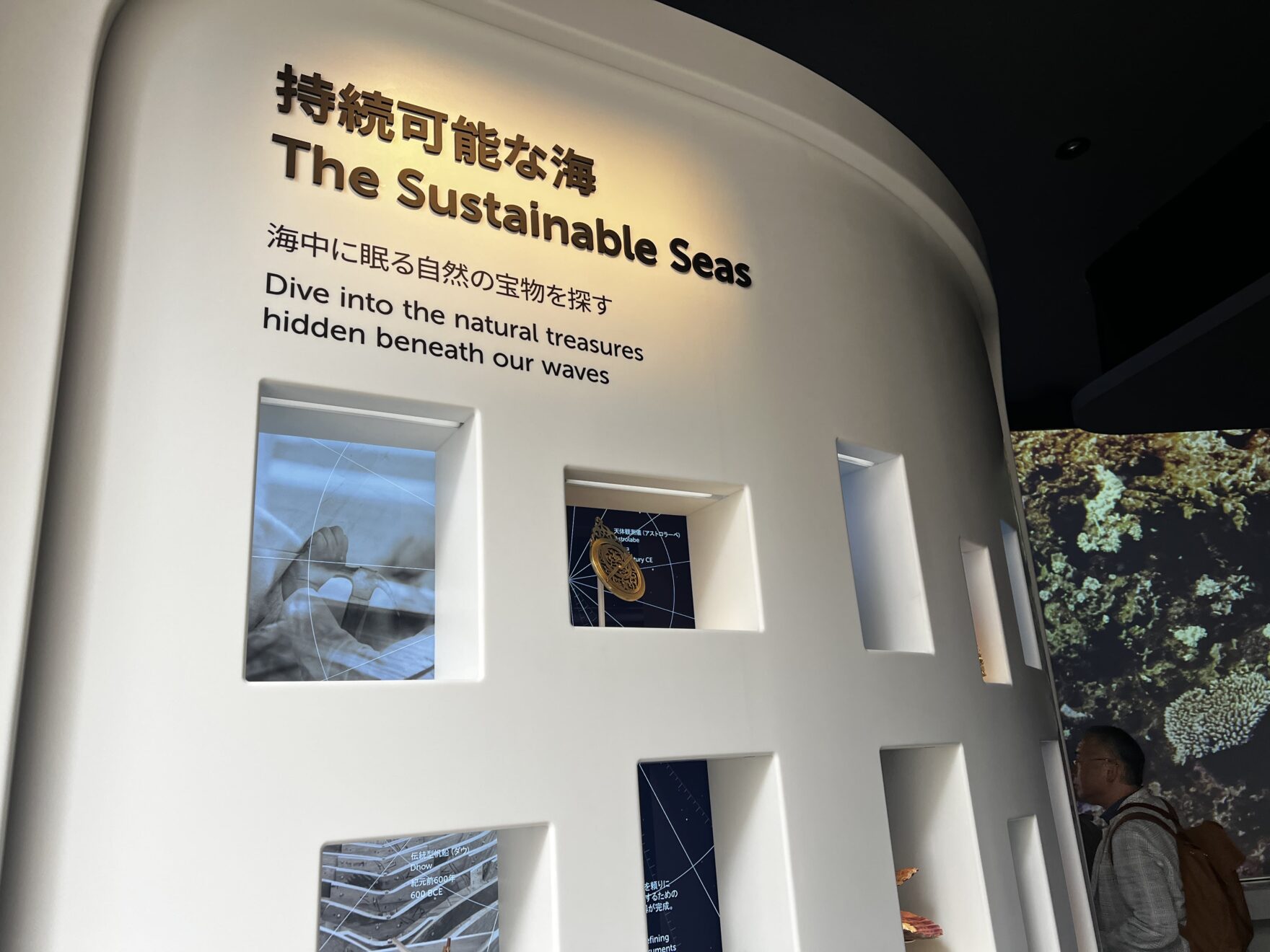

UAE:
The UAE exhibit takes place in a single grand space, allowing for a free-roaming experience. Displays highlight traditional crafts and business innovations, featuring rotating exhibits and interactive installations—from weaving techniques to solar-inspired digital signage. One engaging feature: push a button to hear stories from UAE's economic leaders via figurines and video displays.
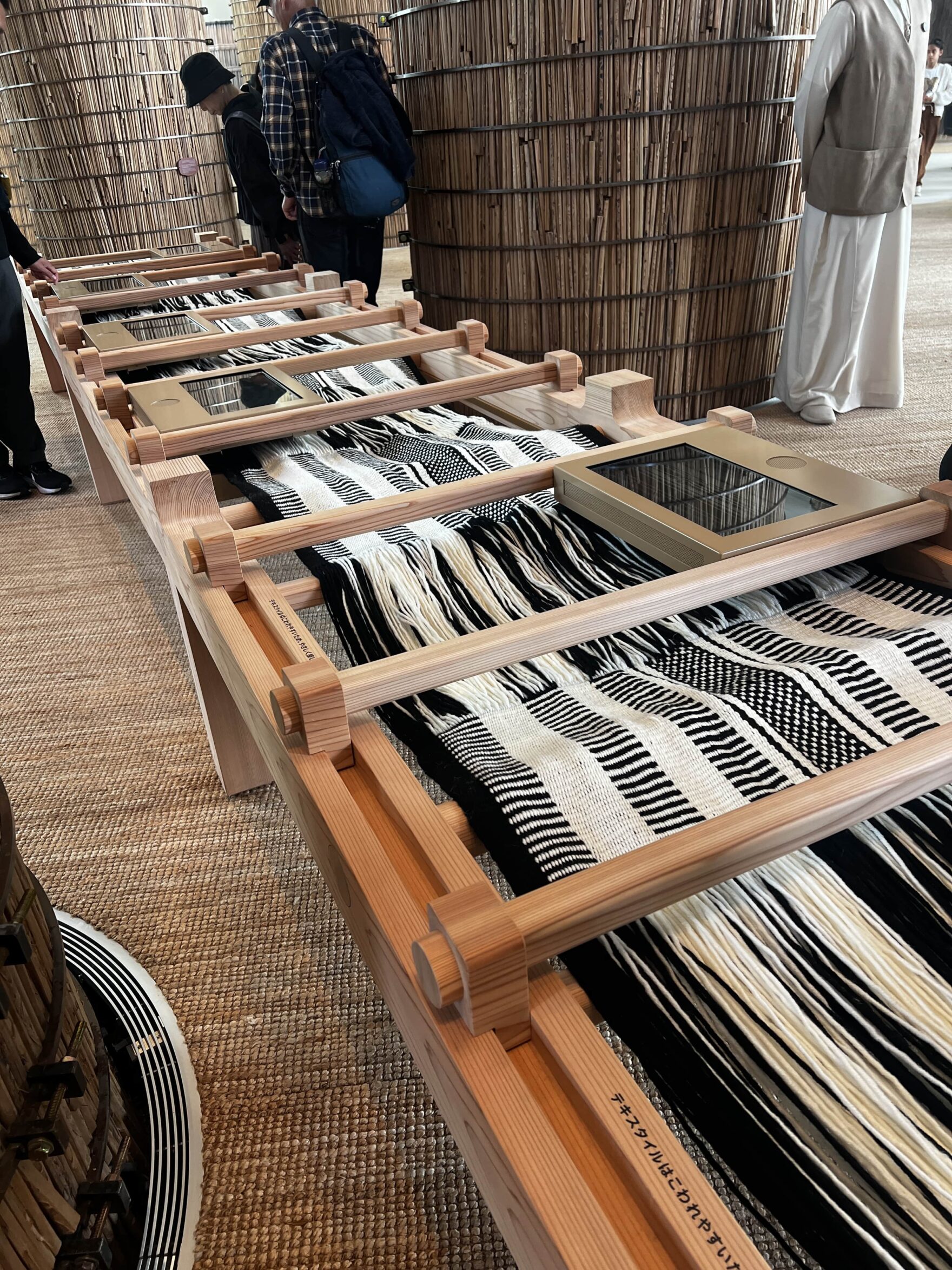
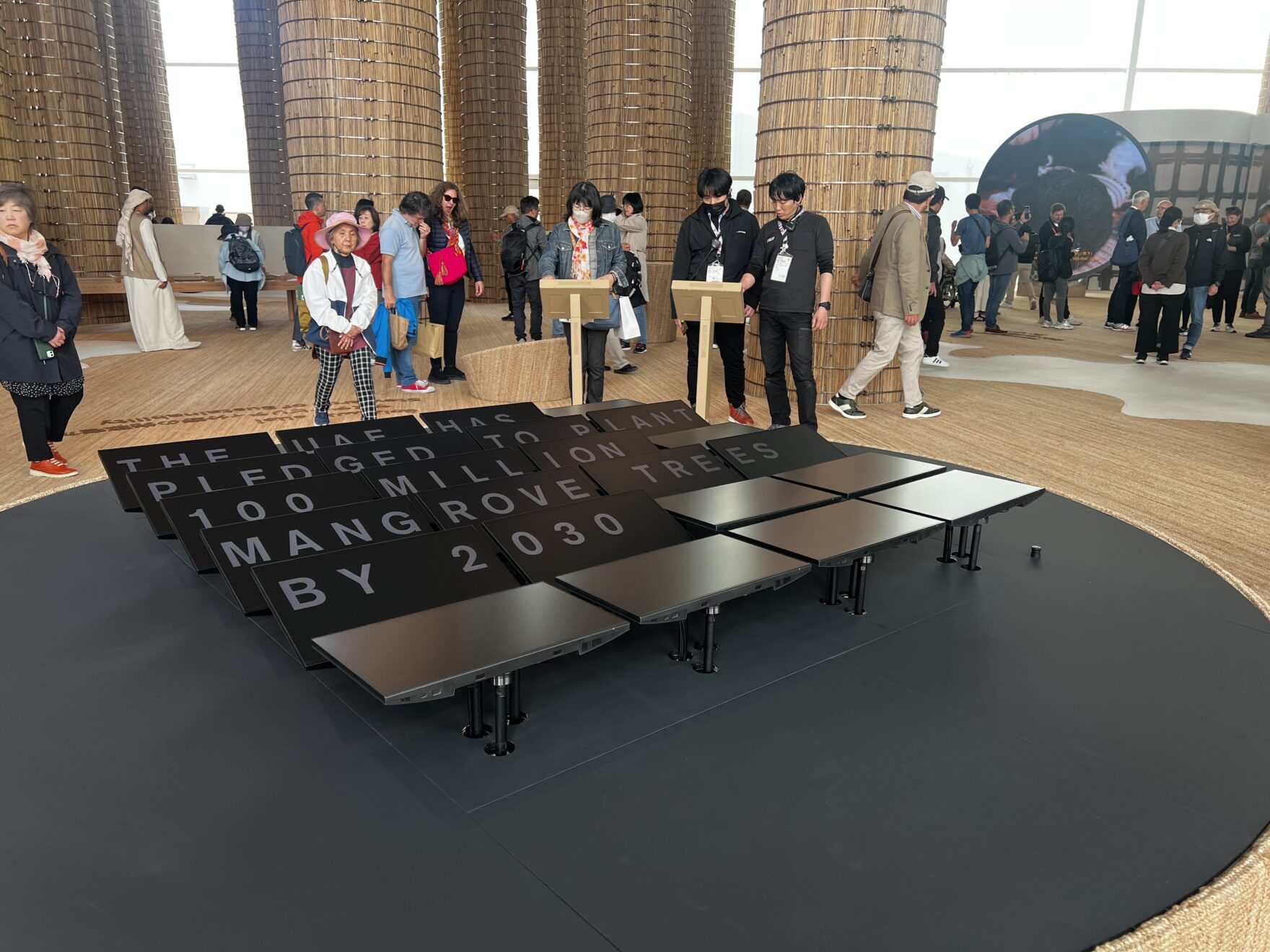
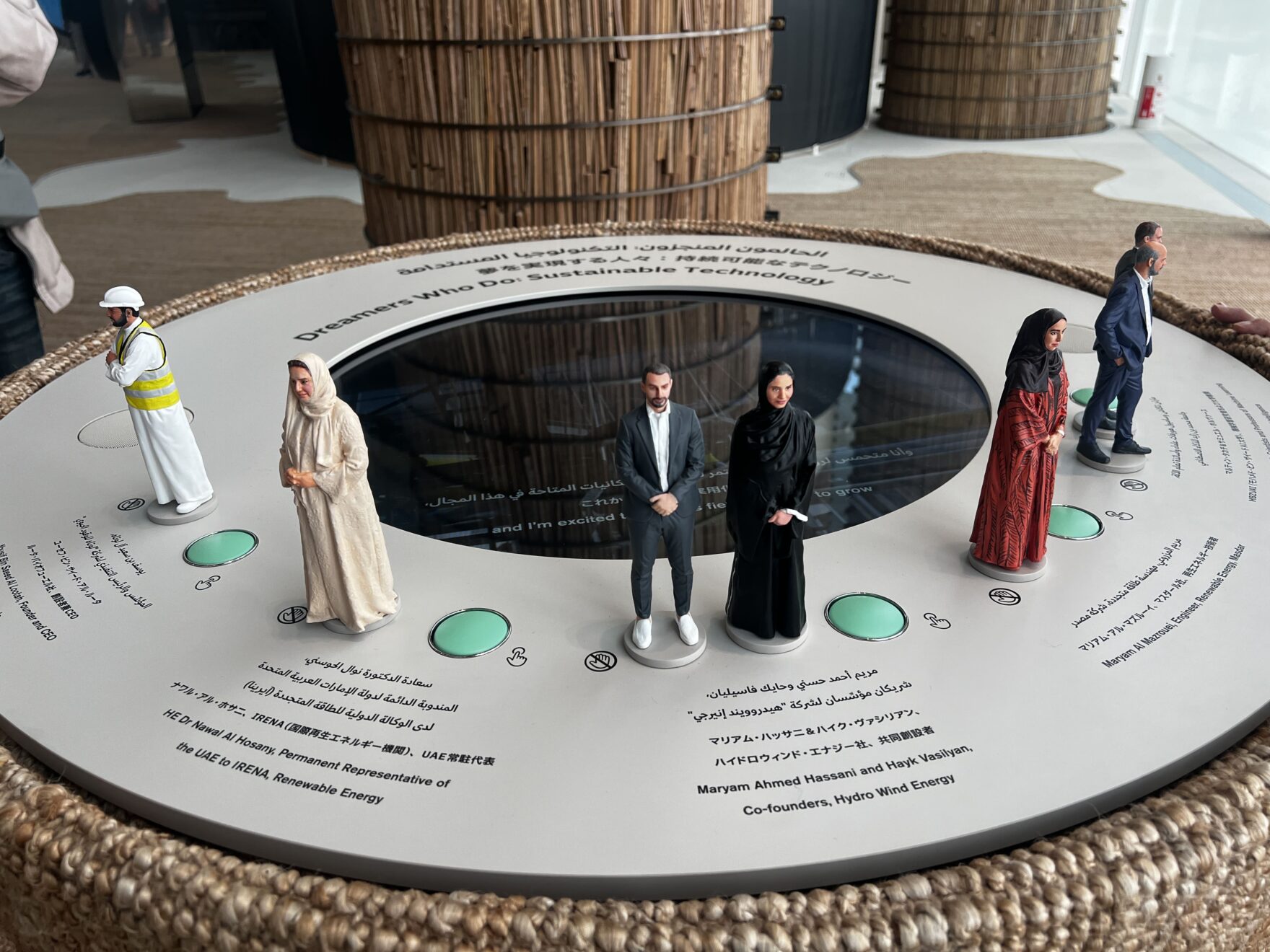
Souvenirs & Snacks: Premium Luxury vs. Ethical Sustainability
Saudi Arabia:
The pavilion features an open-air Arabic coffee stand in a tranquil courtyard. Guests can taste Saudi coffee, brewed with cardamom, and paired with premium dates—a regional delicacy. The shop offers everything from handmade ceramics and scarf collections to fashion accessories, most under ¥3,000 (approx. $20). It's an immersive blend of experience and shopping.
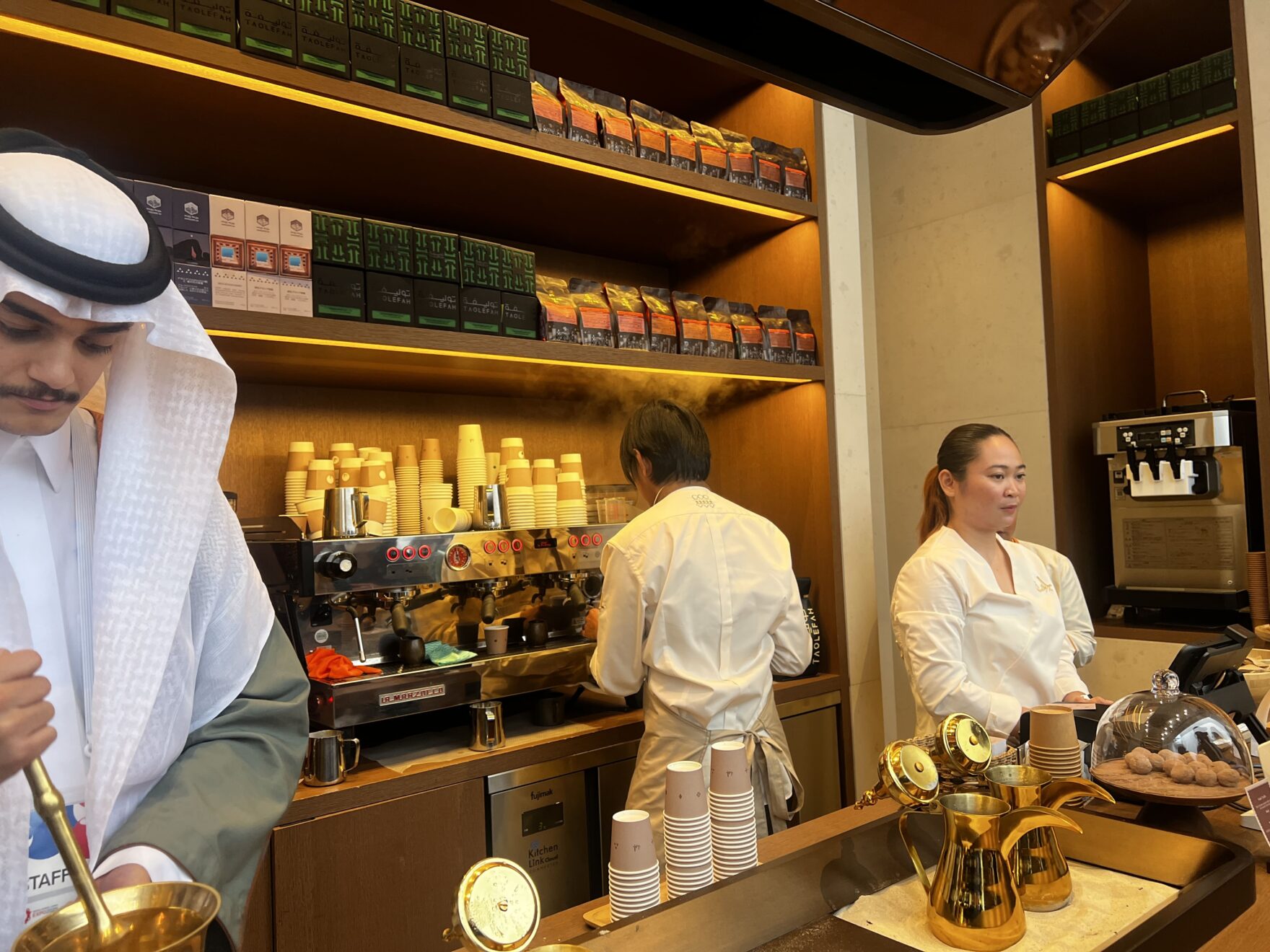
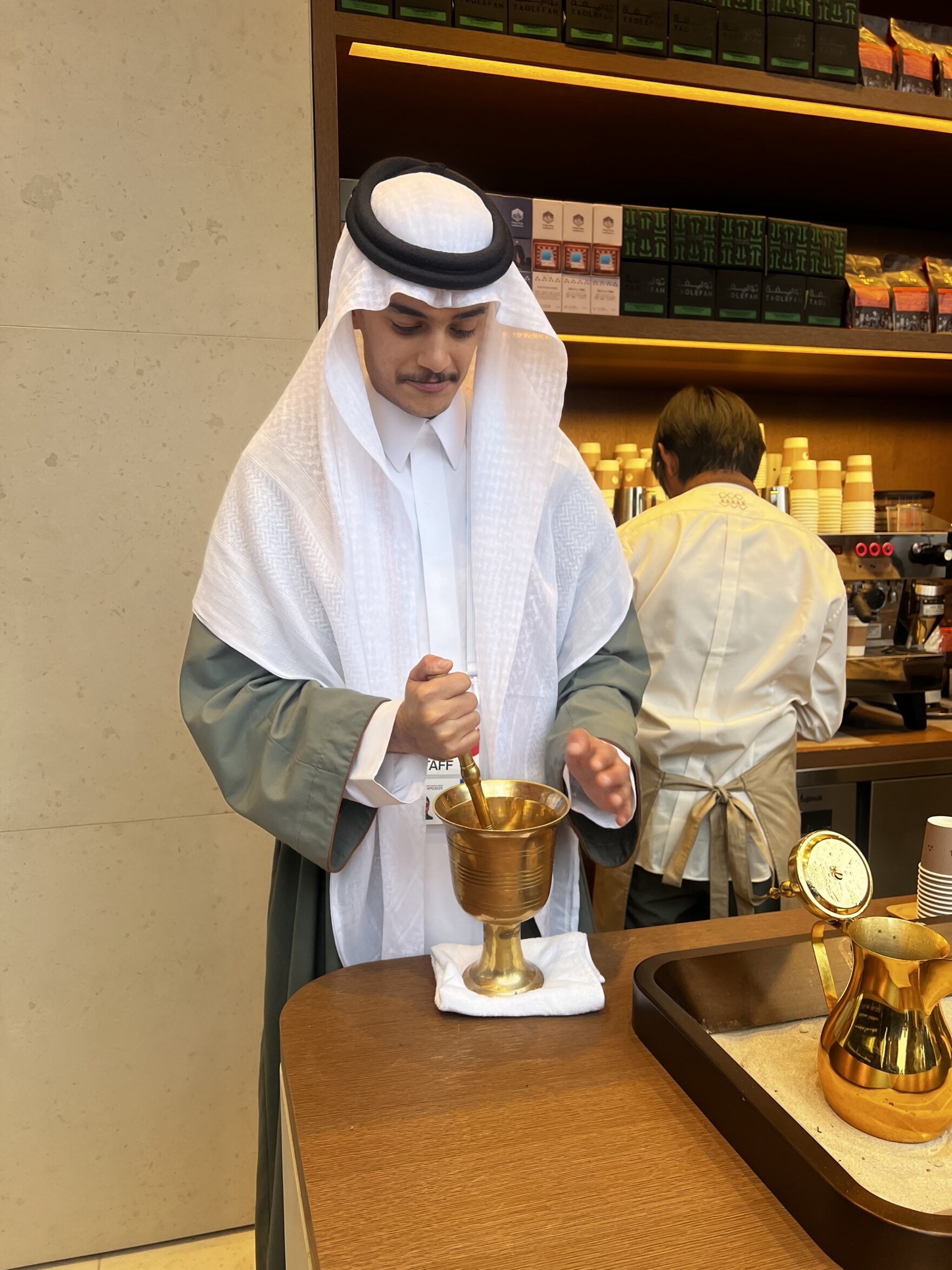

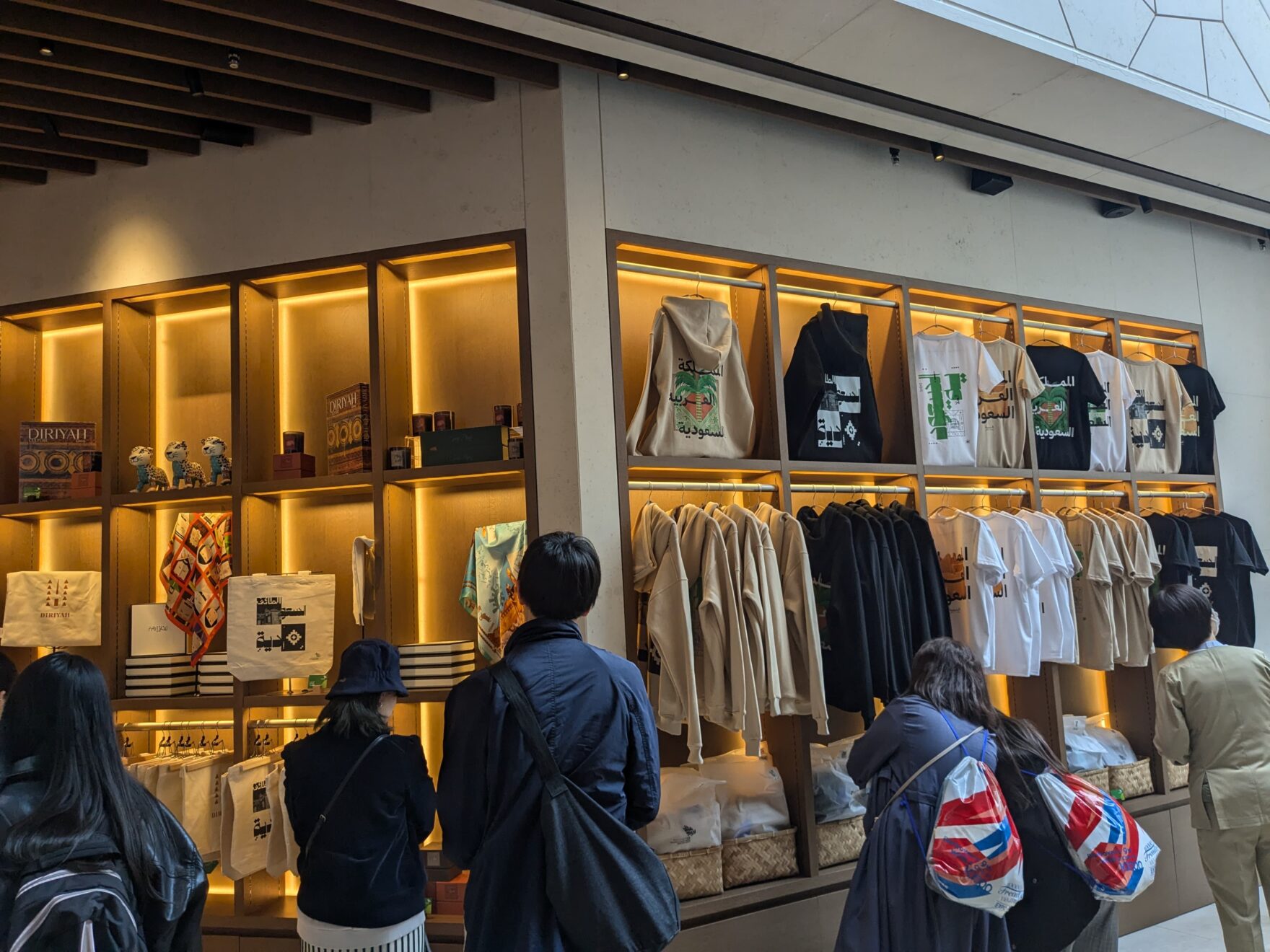

UAE:
Next to the exit, a sunlit café serves Emirati cuisine, and the adjacent shop embraces sustainability. Many products are upcycled from date palm waste, such as eco-friendly tote bags, golf tees, and marker sets. A standout: the limited-edition Eco Bag showcasing the 90 palm columns—priced at ¥5,700 (~$38).
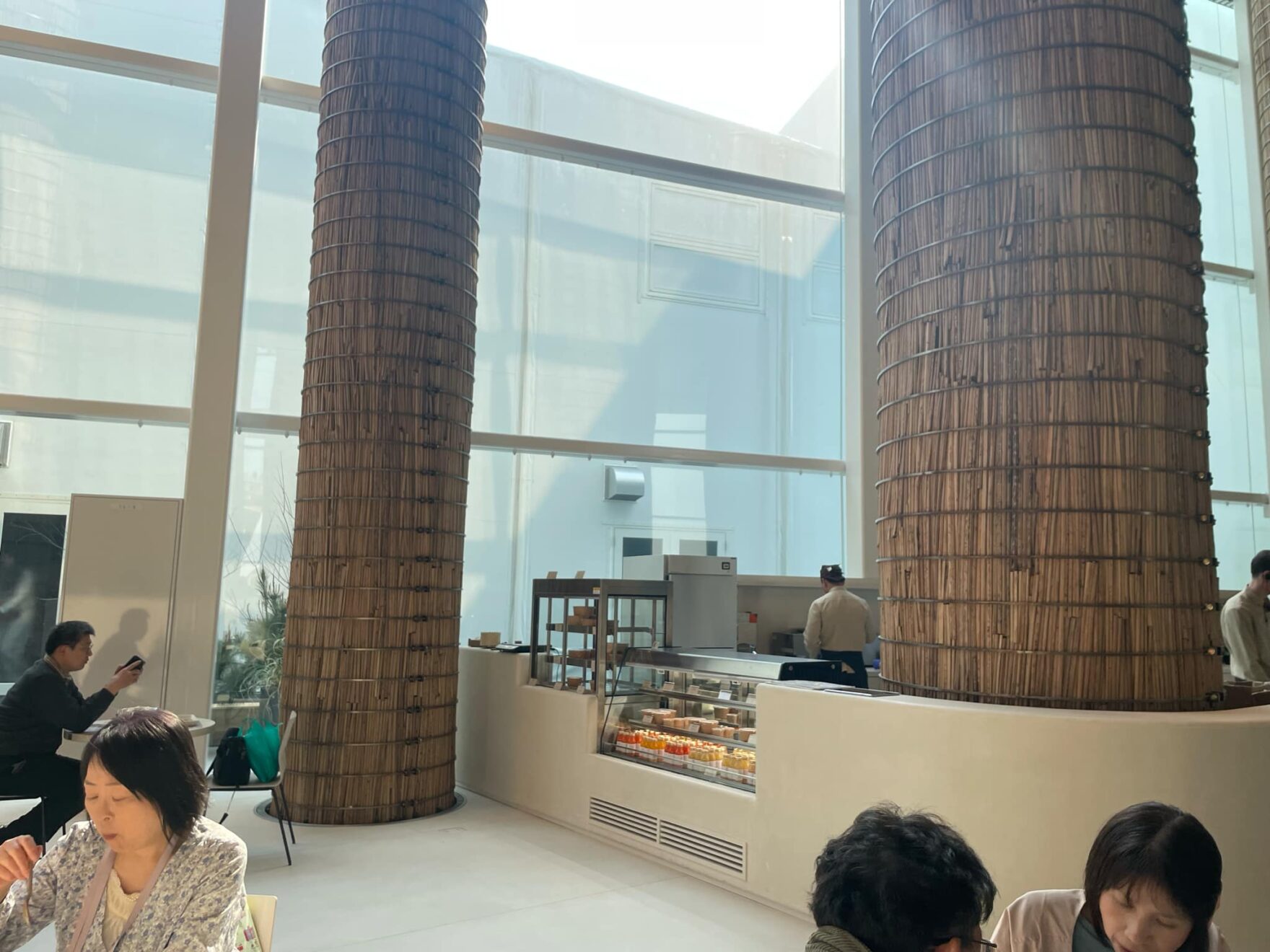
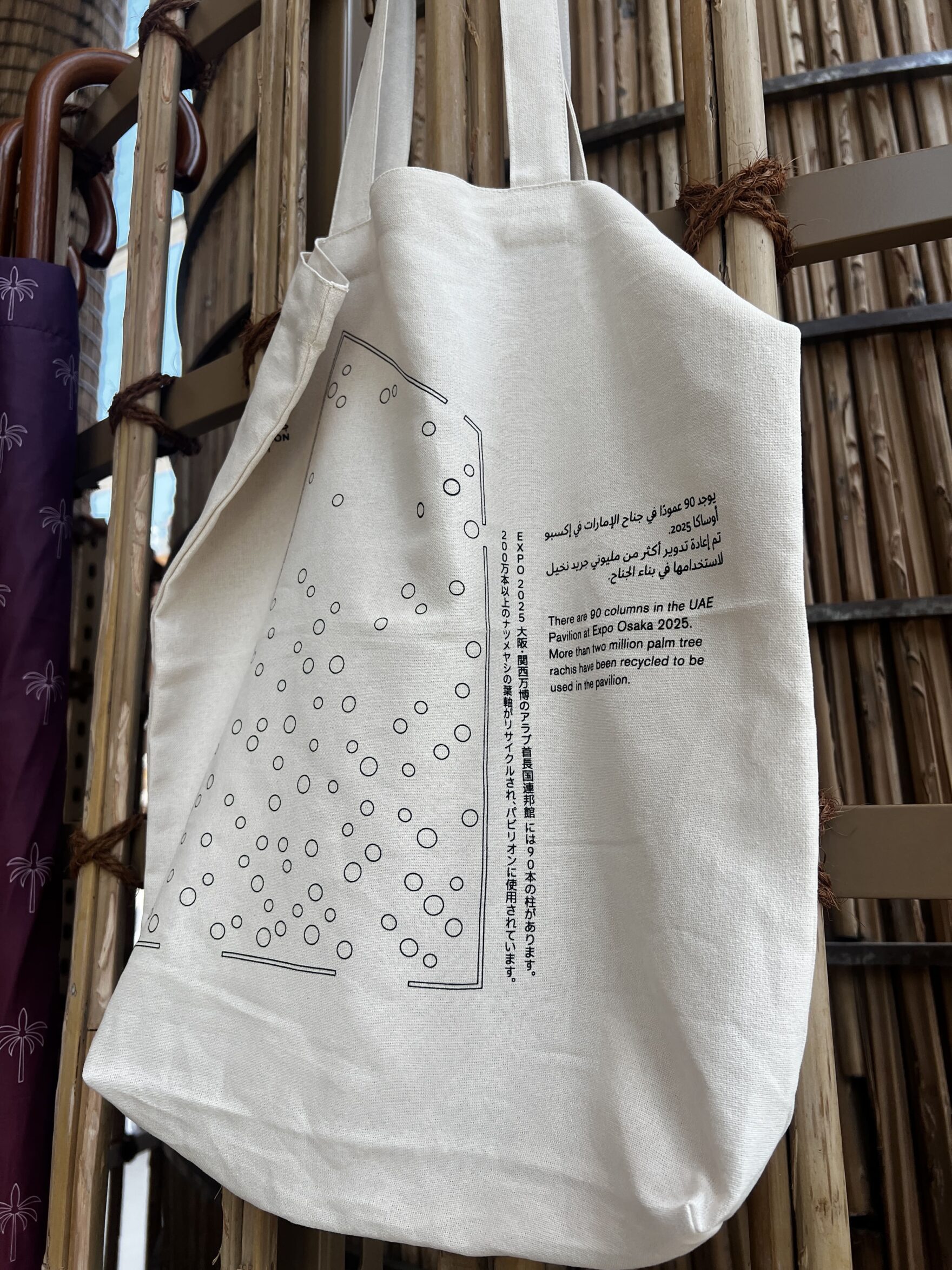
Their date gift sets contrast with Saudi’s: while Saudi offers luxurious boxed versions, UAE's are eco-packaged—another reflection of values.
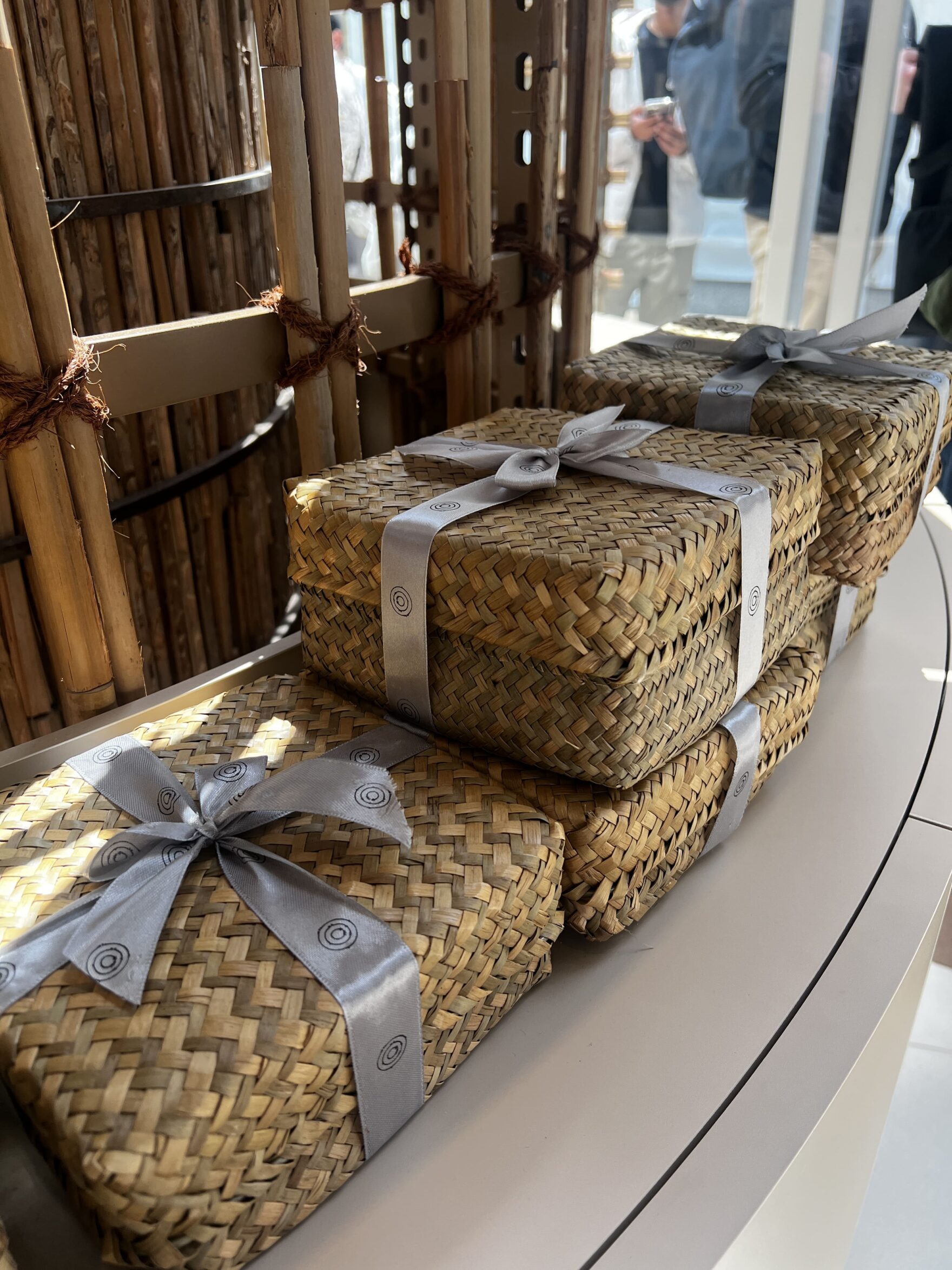
Final Thoughts: Two Middle Eastern Visions, One Expo Stage
While Saudi Arabia and the UAE share cultural roots, their pavilions show vastly different national visions. Whether you’re drawn to Saudi’s rich tradition and future mega-projects, or UAE’s sustainability-driven design and inclusive spirit, both offer unforgettable experiences.
Other Middle Eastern countries like Kuwait, Oman, and Qatar also participate—offering a rare opportunity to explore the diversity of the Arab world in one place. If you're planning to visit Expo 2025 Osaka, make sure these pavilions are on your must-see list!

